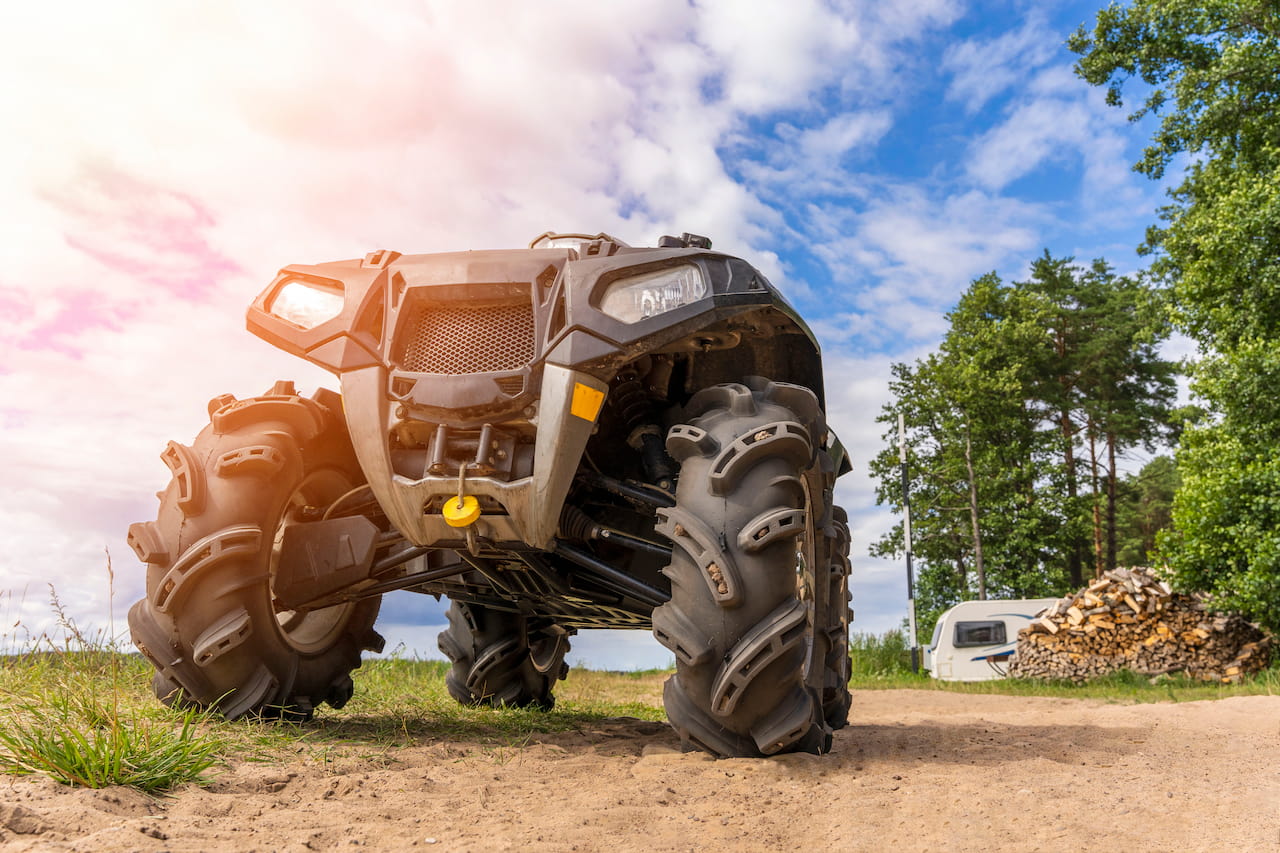For new UTV owners, learning about each button, switch, and lever can be confusing—and yet it’s crucial for safe operation. By understanding these controls and why they matter, beginners can build confidence, prevent mishaps, and fully enjoy their off-road adventures. This guide will cover fundamental concepts, from basic terminology to essential practices for navigating any terrain.

Understanding Basic UTV Features
Whether you’re brand-new to side-by-sides or simply looking to polish up on understanding UTV features, it helps to start with the core components. These include the engine and transmission controls, steering and suspension adjustments, and safety-related switches. Recognizing how each part functions empowers you to operate your UTV with assurance and precision.
- Engine Controls: Most UTVs feature an ignition switch or push-button start, along with an engine stop switch for quick shutdown in case of emergencies. Familiarize yourself with where these are located and practice safe starting procedures—always ensure the parking brake is engaged before firing up the engine.
- Transmission & Gear Options: Many UTVs provide multiple gear ranges, such as High (H), Low (L), Neutral (N), and Reverse (R). Some also include a Park (P) mode. Understanding how and when to switch between these ranges helps you tackle various terrains while minimizing wear on your vehicle’s drivetrain.
- Dashboard Gauges & Indicators: From fuel level to engine temperature, your UTV’s dashboard displays vital information. Keeping an eye on these indicators helps you spot potential issues early, such as low fuel or an overheating engine, preventing breakdowns and safety hazards on the trail.
Key Concepts and Essential Information for Basic UTV Features
Staying informed about how to handle your vehicle ensures both performance and safety. Below are a few foundational elements and steps all new owners should know. If you’re looking for additional beginner tips for UTV controls, you’ll find plenty of resources to guide you.
- Engine Start-Up Procedure – Always start with the parking brake on, your UTV in Neutral (or Park if available), and your safety harness secured. This habit reduces the risk of unexpected movement during ignition.
- Use of Transmission & Drive Modes – Switch between 2WD and 4WD only at appropriate speeds and terrain types. Selecting Low gear offers added torque for climbing hills or navigating rough terrain, while High gear suits flatter, open areas.
- Proper Tire Pressure & Terrain Considerations – Tire pressure has a major impact on traction and handling. Softer tires generally improve grip on rugged terrain, but check your UTV’s manual for recommended settings based on riding conditions.
- Regular Maintenance Intervals – Perform frequent checks on engine oil, coolant levels, air filters, and drive belts. A consistent schedule prevents costly repairs and ensures a smooth ride throughout the season.
Getting Started with Basic UTV Features: A Beginner’s Guide
For new owners, there’s no substitute for hands-on experience. Below are key steps to help you learn the basics, make informed decisions, and become proficient with your side-by-side. For a detailed primer, explore more introductory resources for UTV owners.
- Familiarize Yourself with the Owner’s Manual – Every UTV model is slightly different. Spend time reading the manufacturer’s instructions and recommended guidelines for your specific make and model.
- Practice in Open Spaces – Start your UTV in a large, obstacle-free area. This will help you get a feel for accelerating, braking, and turning without distractions. Gradually introduce varying terrain types as you grow more comfortable.
- Identify and Memorize Control Locations – Make sure you know the precise location of essential controls: ignition, gear shift, parking brake, lights, and safety switches. Quick reflexes can help you avoid accidents when the unexpected occurs.
Developing Safe Practices and Essential Habits for Basic UTV Features
Once you’re acquainted with your UTV, it’s time to cultivate good habits:
- Wear Appropriate Safety Gear: Helmets, goggles, gloves, and sturdy boots.
- Check the Vehicle Before Each Ride: Tire pressure, fluid levels, and any loose parts.
- Obey Local Regulations: Terrain restrictions and speed limits keep you and others safe.
- Drive Defensively: Keep a safe distance from other vehicles, anticipate hazards, and maintain a manageable speed.
Seeking Further Knowledge and Professional Guidance on Basic UTV Features
Even the most prepared new owners will encounter questions or challenges. When it’s time for deeper troubleshooting, custom modifications, or expert tips, don’t hesitate to seek expert advice on UTV operation and maintenance from professionals like Side by Side Fury, who specialize in repairs, maintenance, custom builds, and aftermarket parts.
Disclaimer: This article offers general guidance. Always refer to your UTV’s manual for model-specific information, and consult qualified professionals for detailed inspections or repairs.
Key Takeaways for New UTV Owners
- Understanding each button, lever, and indicator is crucial for safe and confident operation.
- Regular maintenance and proper gear selections help preserve performance and prolong your UTV’s life.
- Beginning with caution and building up skills through practice ensures the best off-road experiences.
Remember, a solid foundation in UTV basics sets the stage for all your future adventures. Enjoy the ride!
